A Week in the Bush Vol. 498
on Apr 10, 2024There were plenty of memorable sightings on safari this week so we hope you will enjoy them as we look back…
Chacma baboons are gregarious and can live in troops of sound 100 individuals. While the troop forages there will always be at least one member on watch for predators from an elevated position. Once a predator is detected they will give repeated loud barking calls and stare intently at the threat, warning all in the area of the imminent danger.
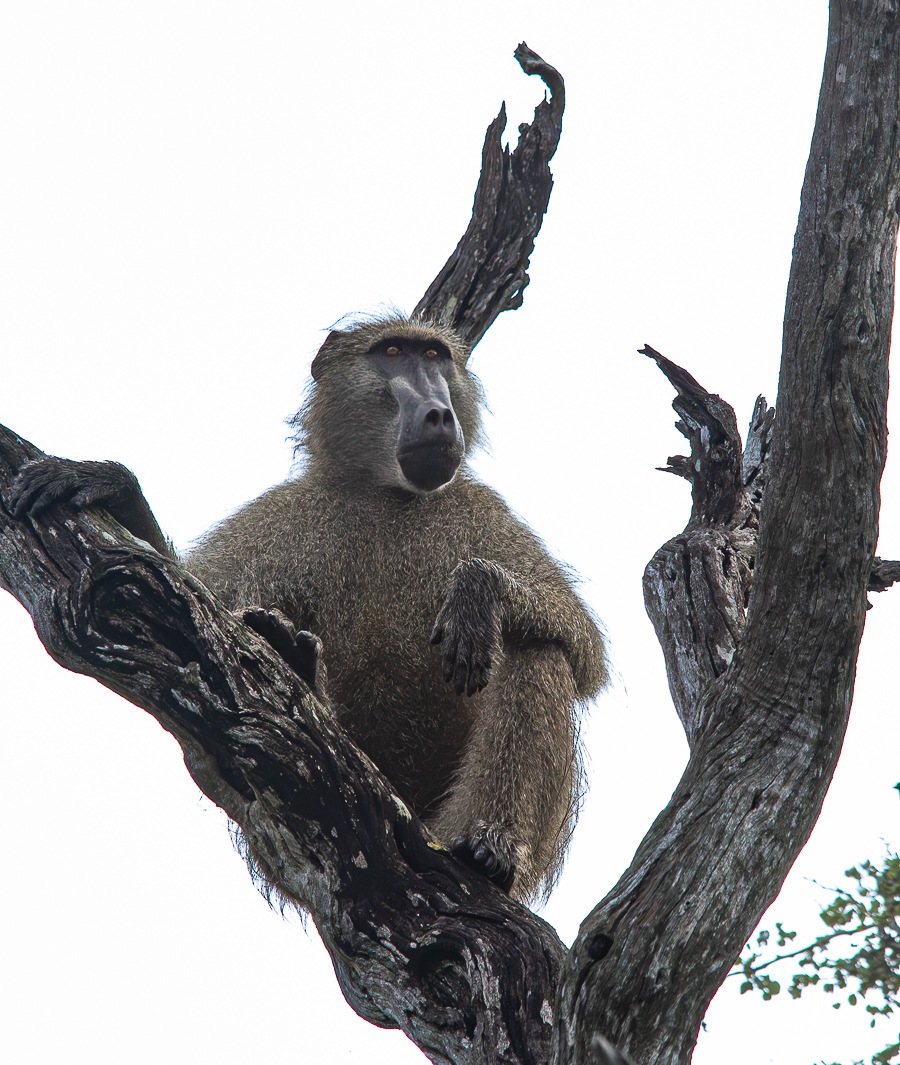
Black storks are frequently seen around dams, pans, shallow pools, and dry riverbeds throughout Sabi Sabi. They will forage in drying up water courses where the remaining aquatic life is concentrated in small pools.
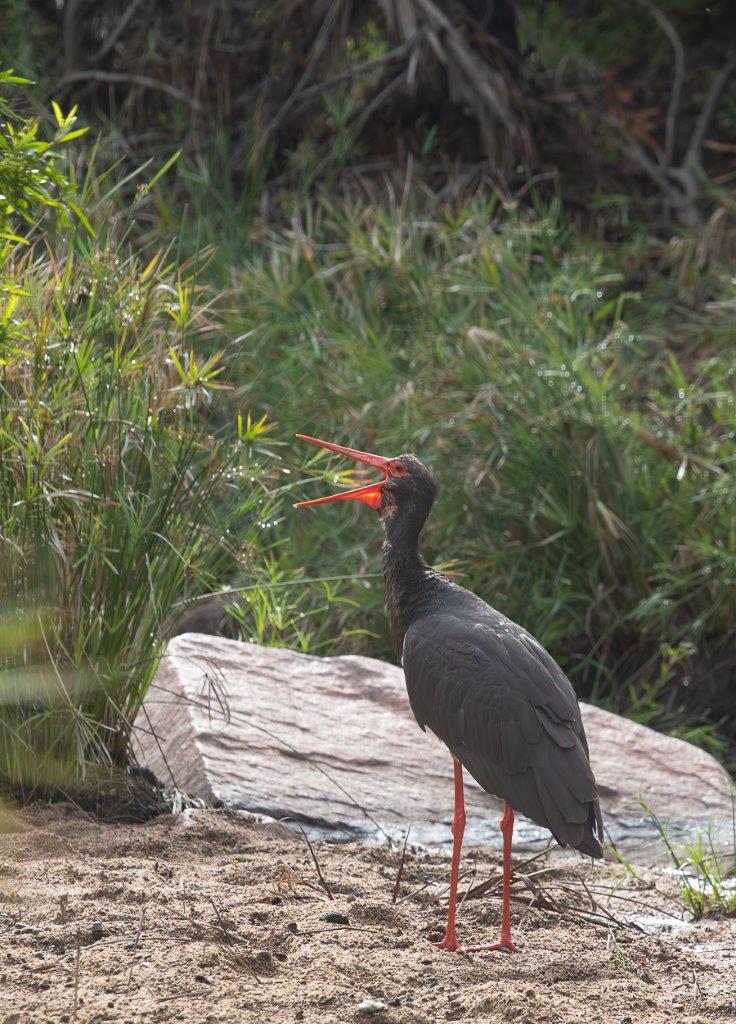
The Giant plated lizard is the second largest lizard species found at Sabi Sabi after the monitor lizard and has been known to attain a body length of up to 690mm. They are found among rocky granite outcrops and have an omnivorous diet that includes leaves, flowers, fruits, insects, spiders, millipedes, scorpions, and small reptiles.
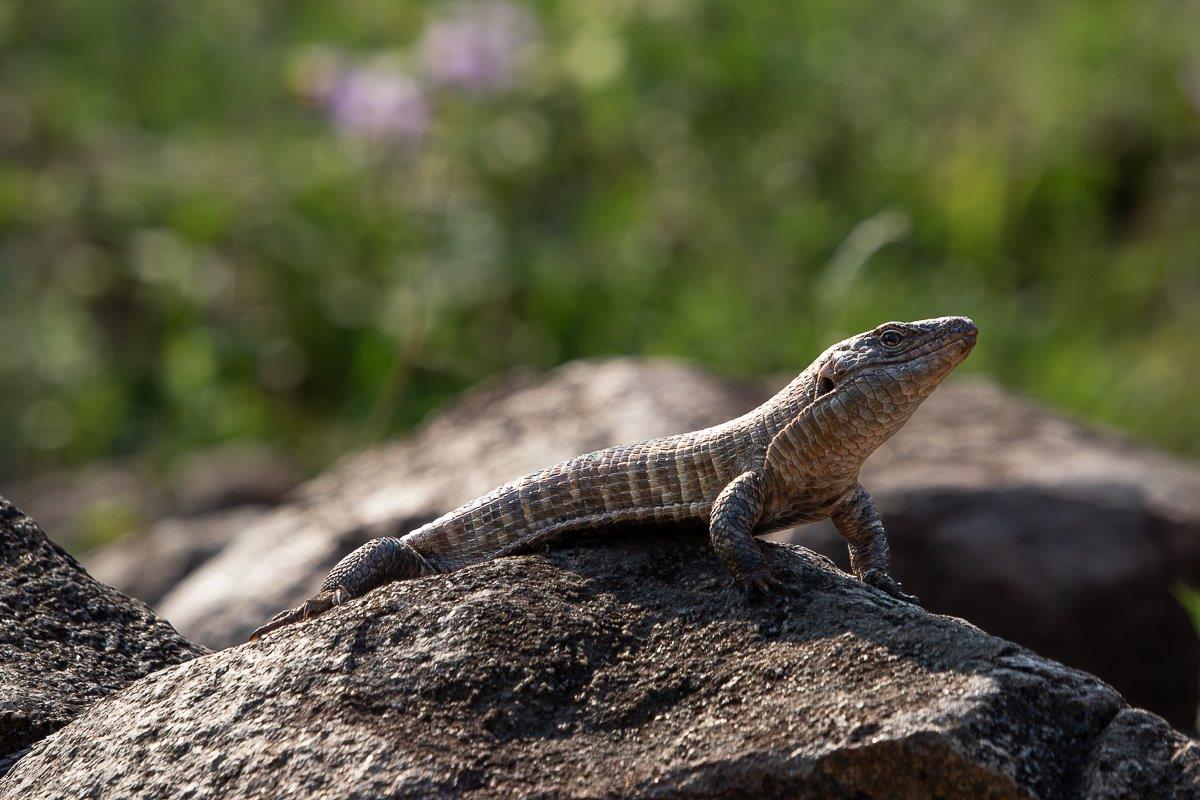
The tranquil setting of a waterhole in the late afternoon can present excellent birding opportunities with many species concluding business for the day and preparing to settle in for the night. Here a Grey Heron perches just above the water on a fallen tree in the hope for a late afternoon meal.
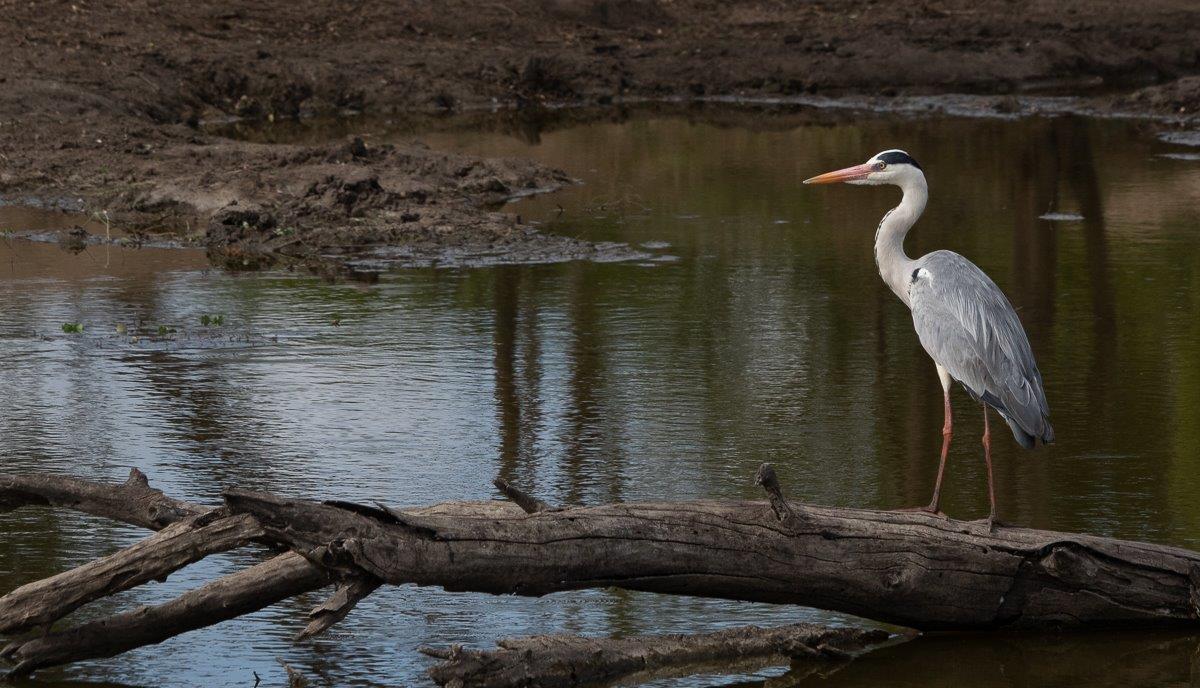
After finding the Gijima males late during our morning drive, we decided to move into the area as the sun was busy setting, knowing these males would start getting active as the light was fading. We watched them doing what lions do best, sleeping. But with the hope that they might spoil us by filling the silent night with their roars. As we sat in silence, we watched them slowly getting active, yawning and stretching before the bigger male got up, walked to the other male and uttered a soft roar. What followed was an intense roaring debate between them as they filled the African bush with their dominance, warning any potential and closest rivals of their presence and letting their females and cubs in the area know they were back home.
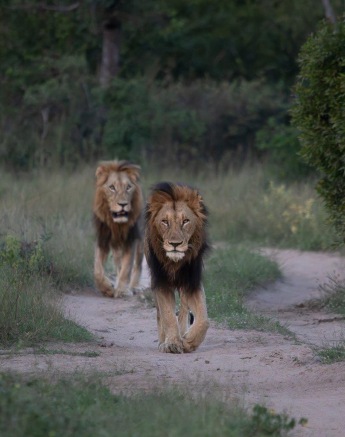
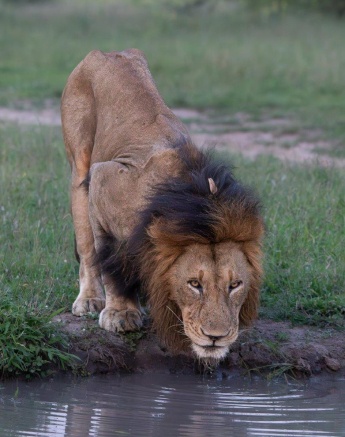
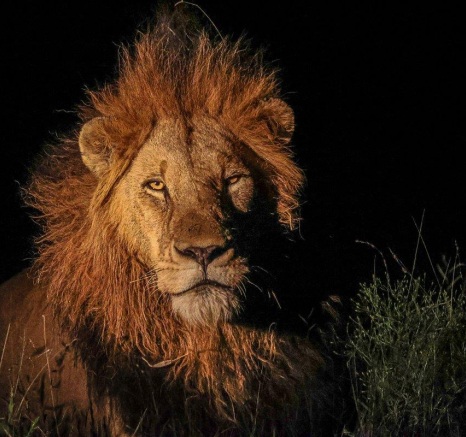
Recently, we have been spoiled by the beauty of the Msuthlu Pride cubs and the relaxed behaviour of their mother.
These cubs are still fully vulnerable and rely on their mother for protection and guidance. Only time will tell if they survive, but so far, their chances are looking very good as their fathers, the Gijima males, are also spending a lot of time around the area, ensuring their safety.
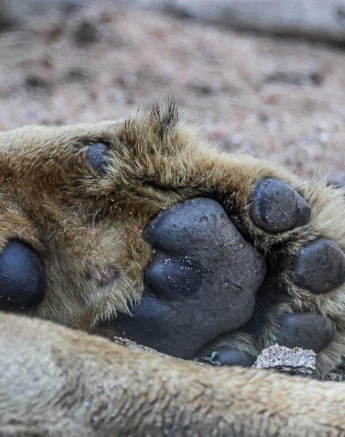
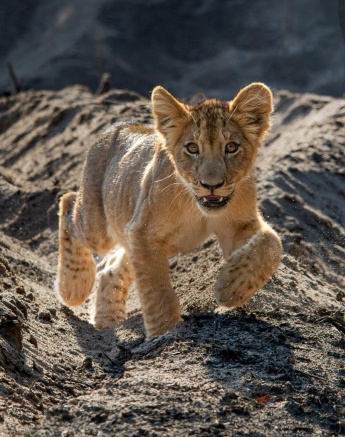
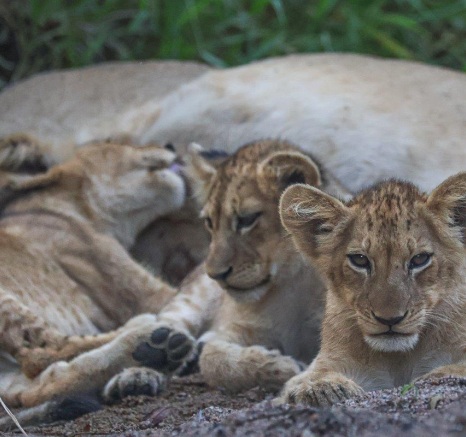
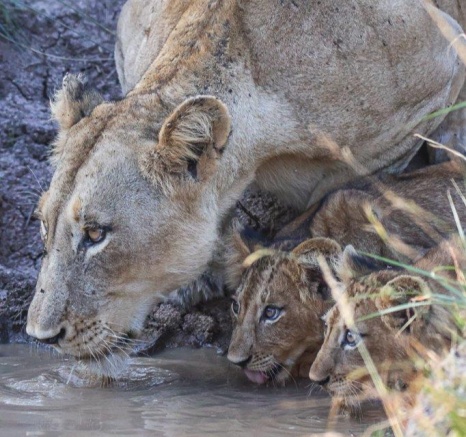
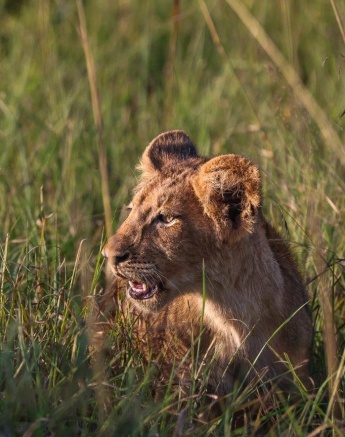
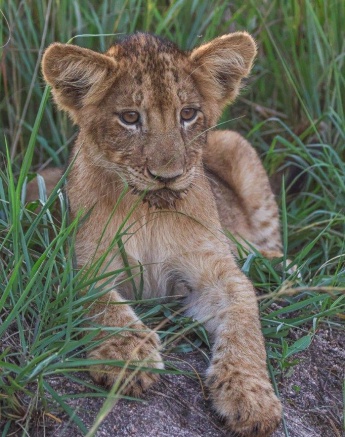
The Styx young male has been separated from the rest of the pride for some time, but we found them reunited and on the move in a bid to hunt.
When a young male lion rejoins a pride after being separated for a while, various potential scenarios could unfold. The pride members may engage in a series of behaviours to establish the male's position within the group, such as reaffirming hierarchy through vocalisations, scent marking, and physical interactions. It is essential for the young male lion to re-establish social bonds and acceptance within the pride to ensure a smooth reintroduction process.
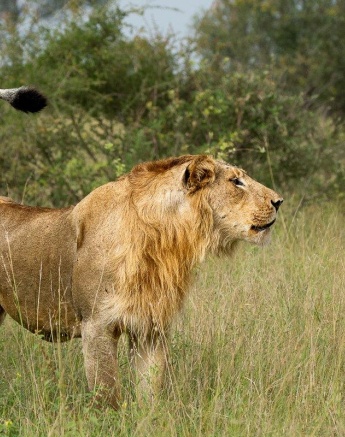
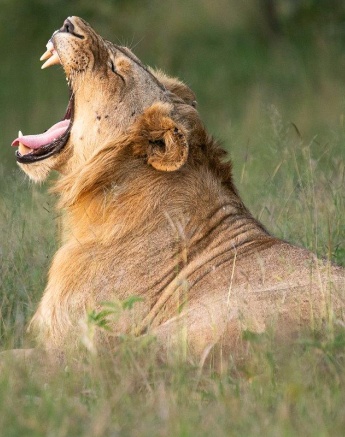
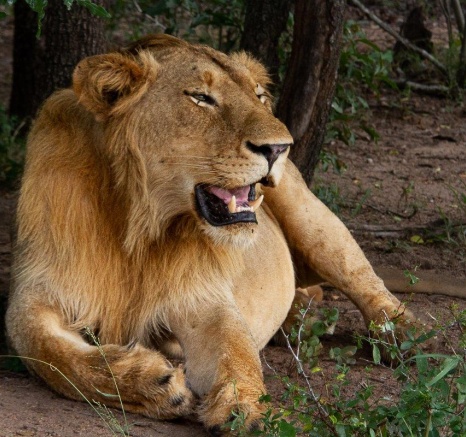
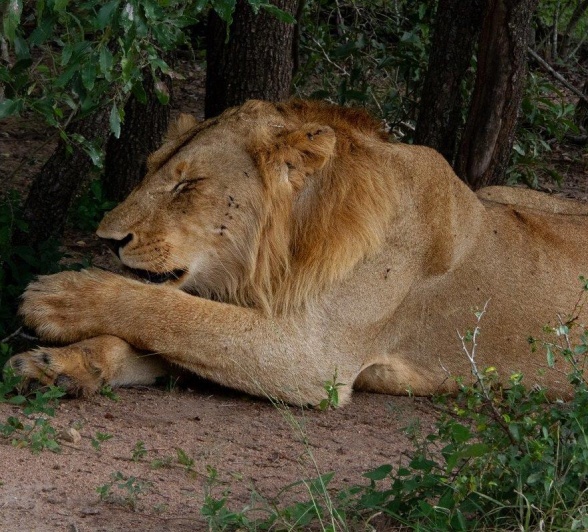
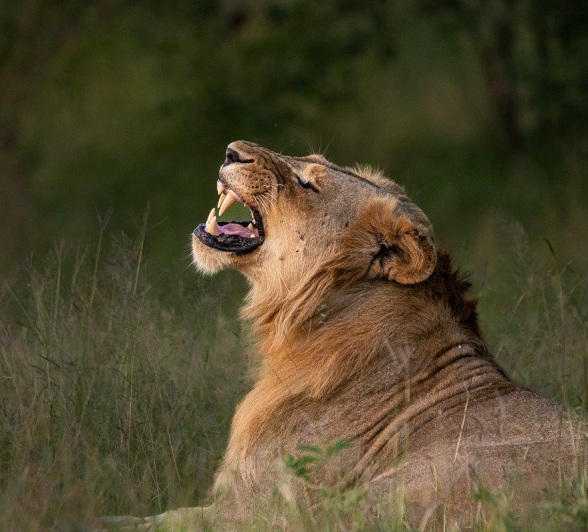
An enthralling tracking exercise which started close to Earth Lodge, led us to the open plains in the southern reaches of Sabi Sabi where we found the Southern Pride feasting on a waterbuck they managed to bring down. After not seeing this pride for some time, it was incredible to see how big the two older cubs and the three younger cubs have grown.
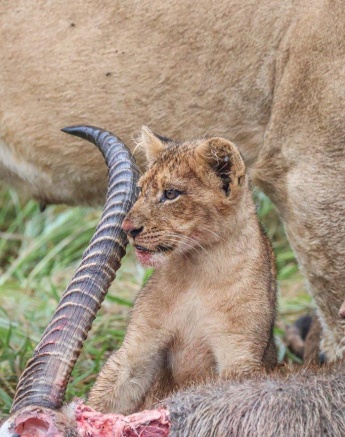
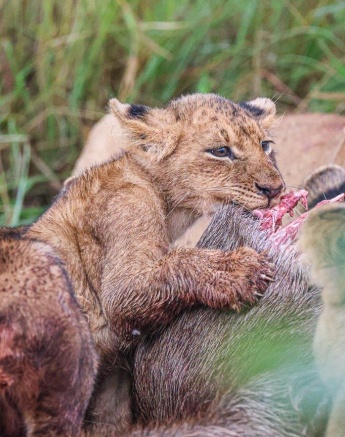
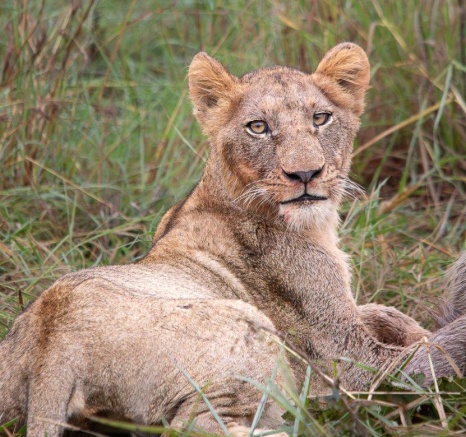
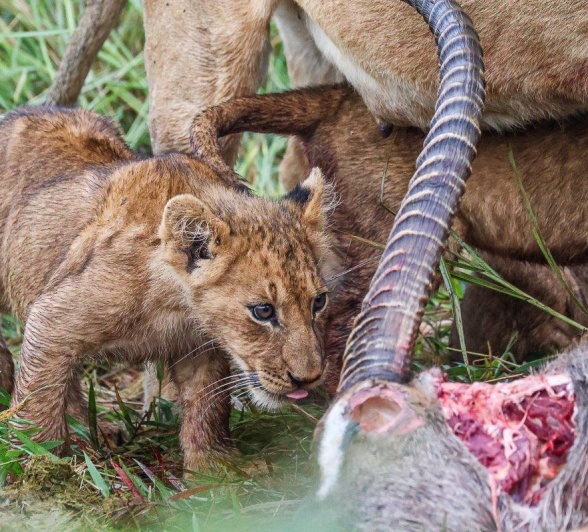
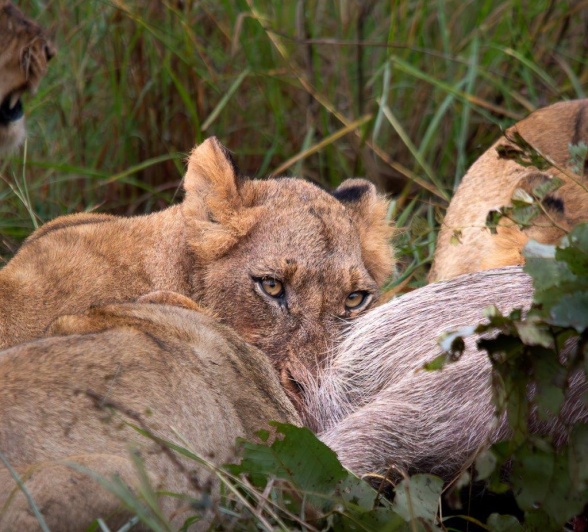
Always alert to an opportunity, the Golonyi female spotted a committee of vultures in a tree, a sure sign of a carcass. She made a beeline to the area where she found the carcass of a large male kudu.
The young leopard ate her fill and decided to move on. Contrary to popular belief, leopards are not fussy when it comes to a meal and will even scavenge food from others should the opportunity arise.
Leopardesses mark their territory by using scent glands located on their cheeks, chin, and tail. They rub these scent glands against objects like trees, rocks, or even the ground to leave their scent behind. This helps them communicate with other leopards in the area and establish their ownership of the territory.
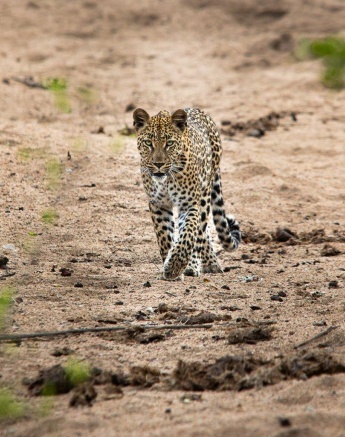
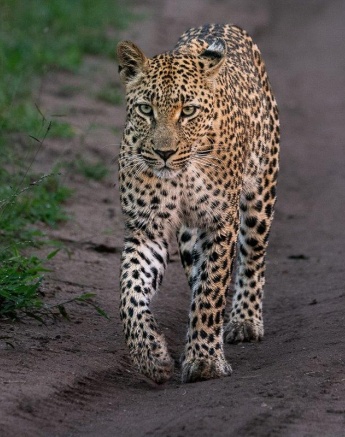
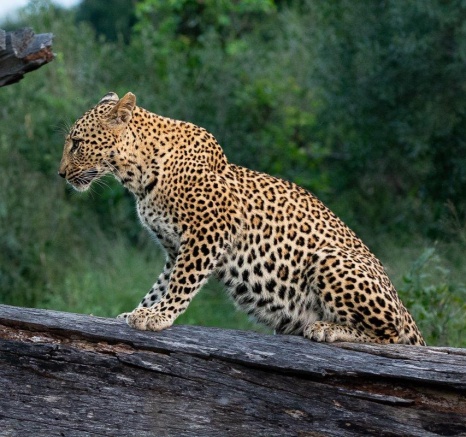
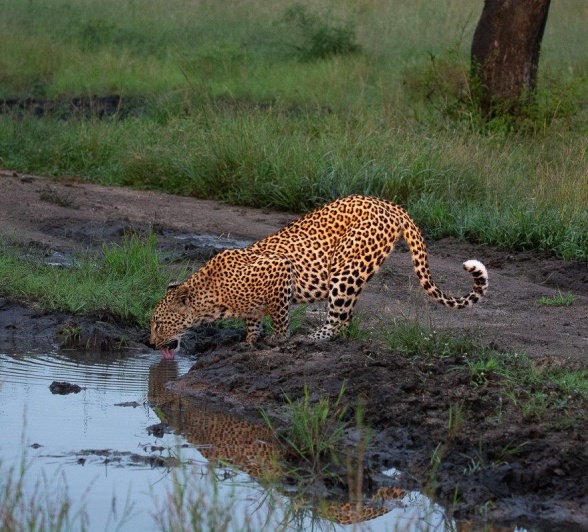
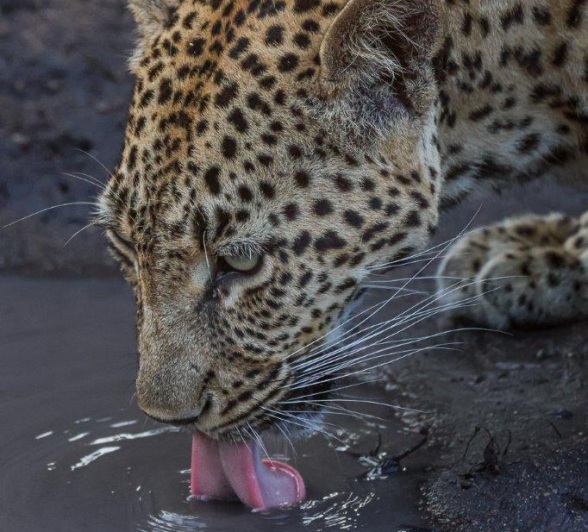
Locking eyes with a leopard can be an intense and humbling experience. The Nottins male paused for a moment to assess his surroundings turned to our direction and gazed at us with curiosity. This young inquisitive leopard still has many lessons to learn before dominating his territory and he is well on his way to becoming a strong dominant leopard of the future.
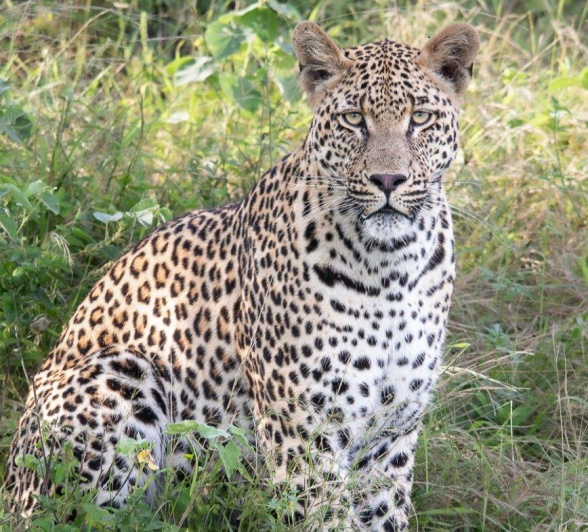
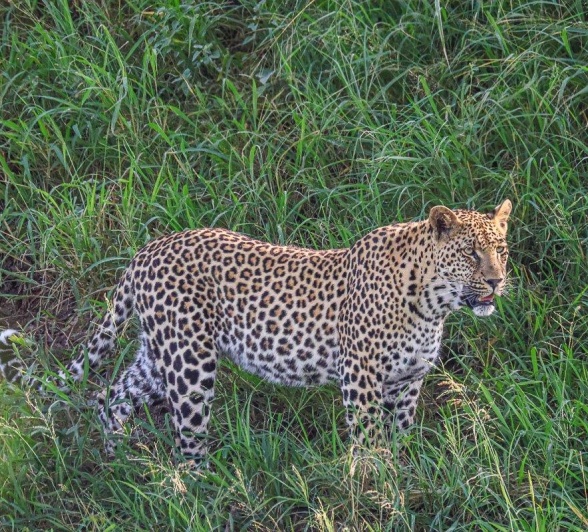
Watching a pride of lions something caught our eye in the distance. One of Ntsumi's cubs came walking towards the lions when she spotted them and went straight up the first tree for safety, luckily for this youngster she was already successful in climbing trees otherwise the result would have looked a lot different.
The youngster later came down and moved away from the lions before investing a lot of interest in a Tree squirrel and chasing after it, jumping from one branch to another in chase of her prey. This is very important to young leopards as it teaches them valuable life and hunting lessons that go a long way.
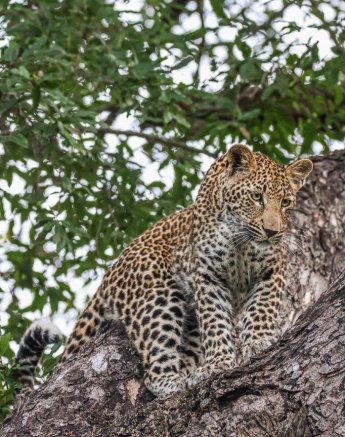
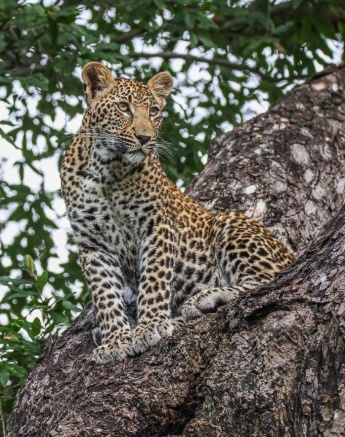
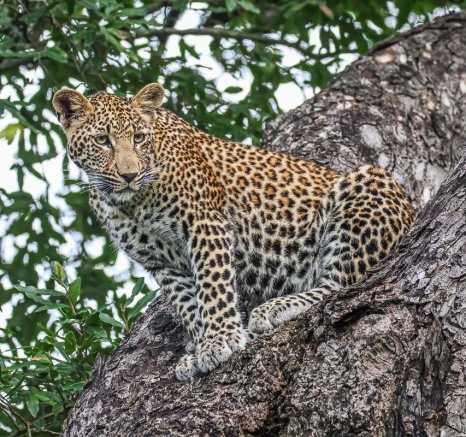
Driving along one of our roads in the heart of leopard country, our eyes were fixed scanning the bush for any tracks or signs. As we came around a corner, we were surprised by Ntsumi as she was making her way down the road, stopping every couple of metres from listening and looking for any potential prey.
Even though these cats are mainly nocturnal, they are very opportunistic and will not let any opportunity slip. We left her as she was slowly making her way closer towards the area where we last saw her cubs. At this age she is starting to leave them by themselves for longer periods, forcing them to learn their hunting and surviving skills.
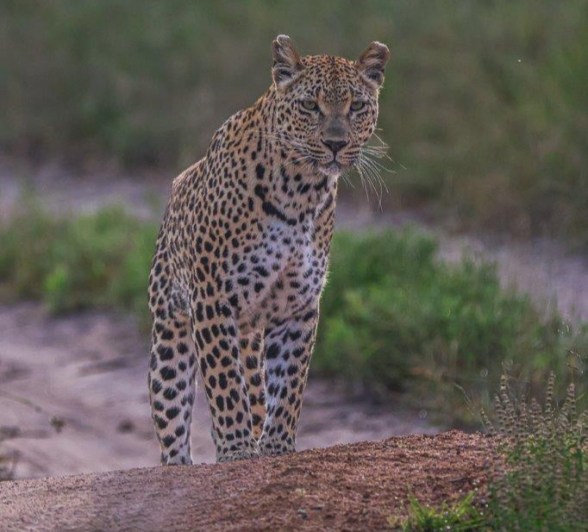
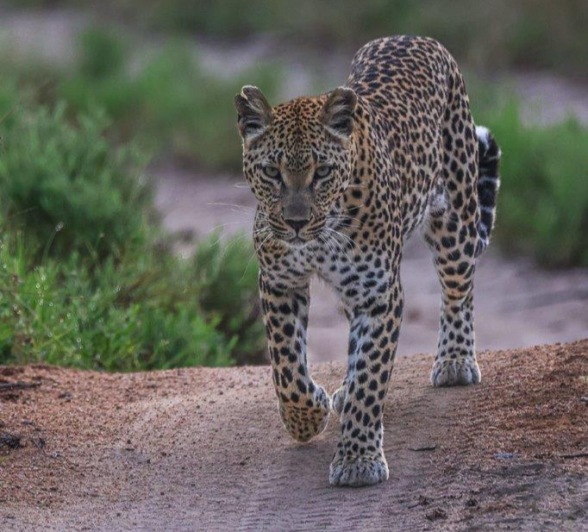
Having seen Tengile and her cub in the morning, with mom resting and the cub playing about, we decided to follow up again. We came across a scene many wanted to experience. Tengile was lying in the shade of a tree near where her impala kill was hanging, with a hyena waiting patiently for something to fall.
Upon closer investigation, we spotted Tengile’s cub in the same tree as the carcass, waiting patiently for an opportunity to come down without running into trouble with the hyena. Tengile will wait until she sees an opportunity to distract the hyena, giving her cub a chance to escape danger and get to safety before they move off as most of the carcass has already been finished and nothing is left for them.
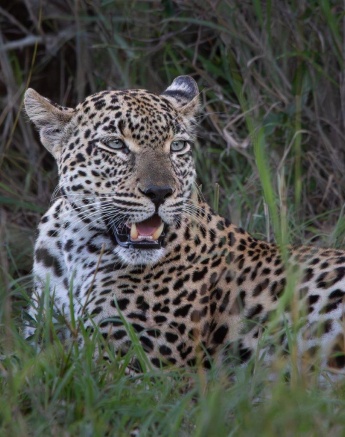
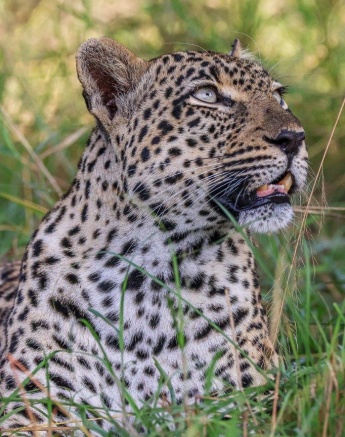
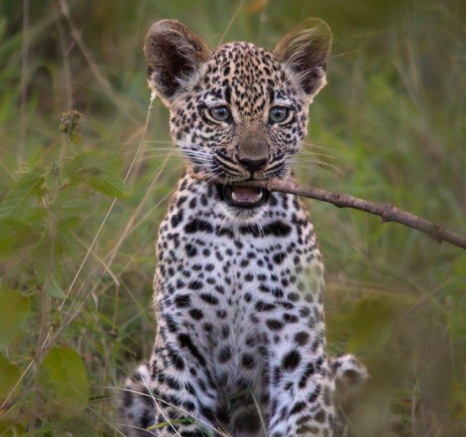
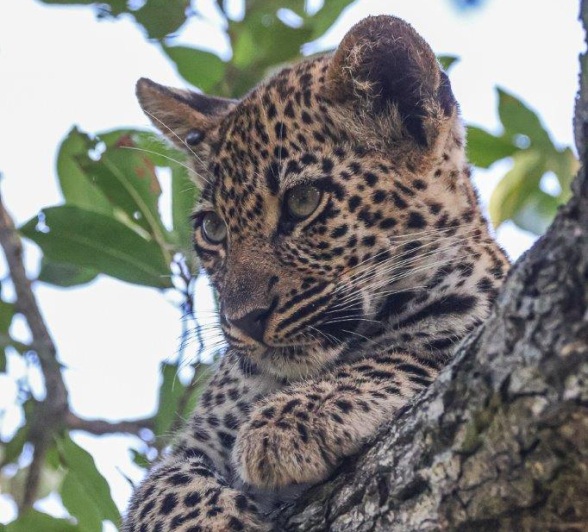
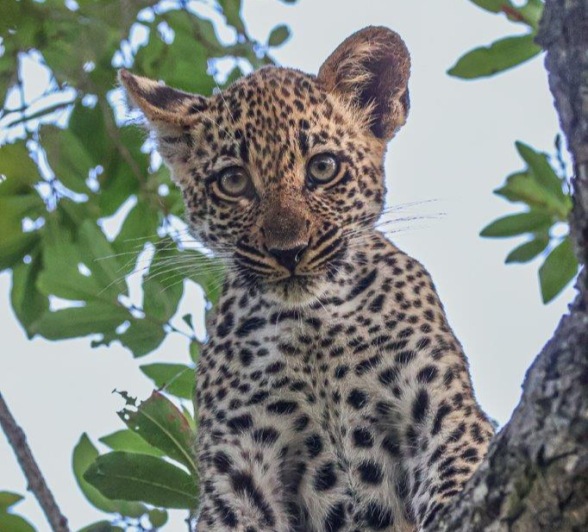
Until next time…
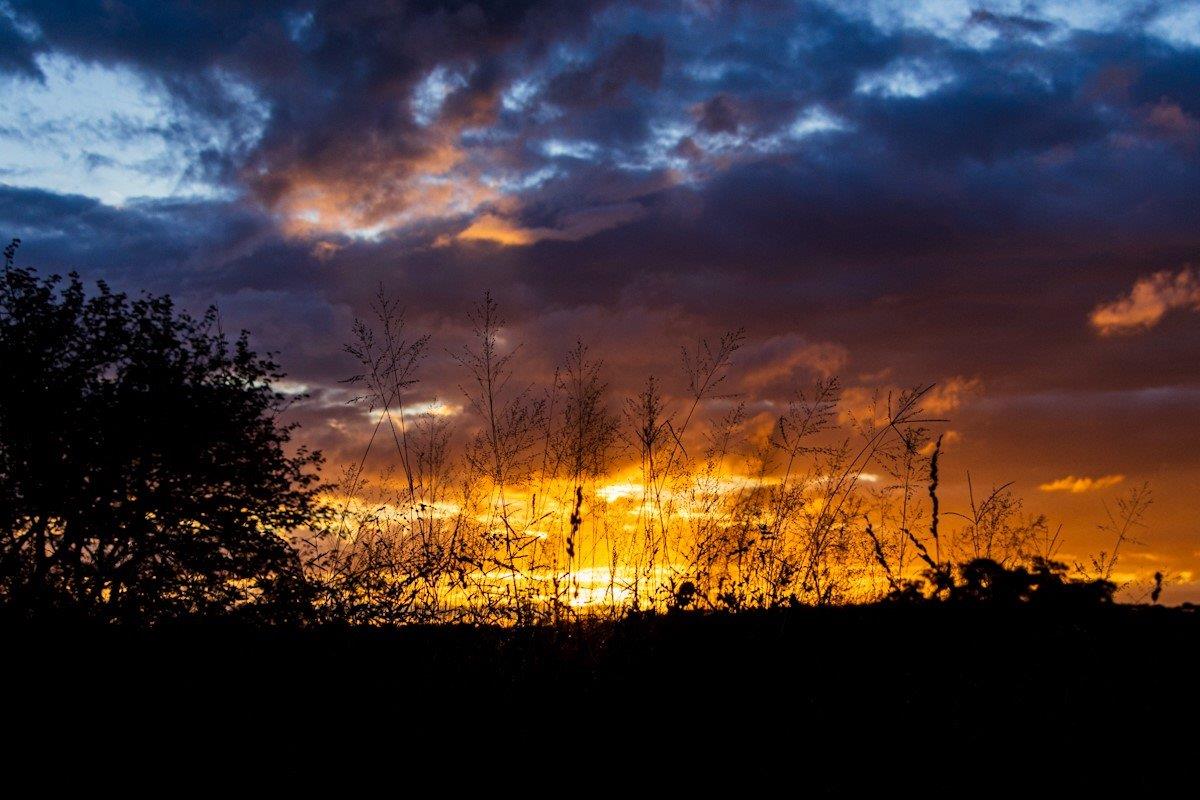
Blog by Wendy Claase
Images by Devon Jansen, Jason Street, Ronald Mutero and Ruan Mey







